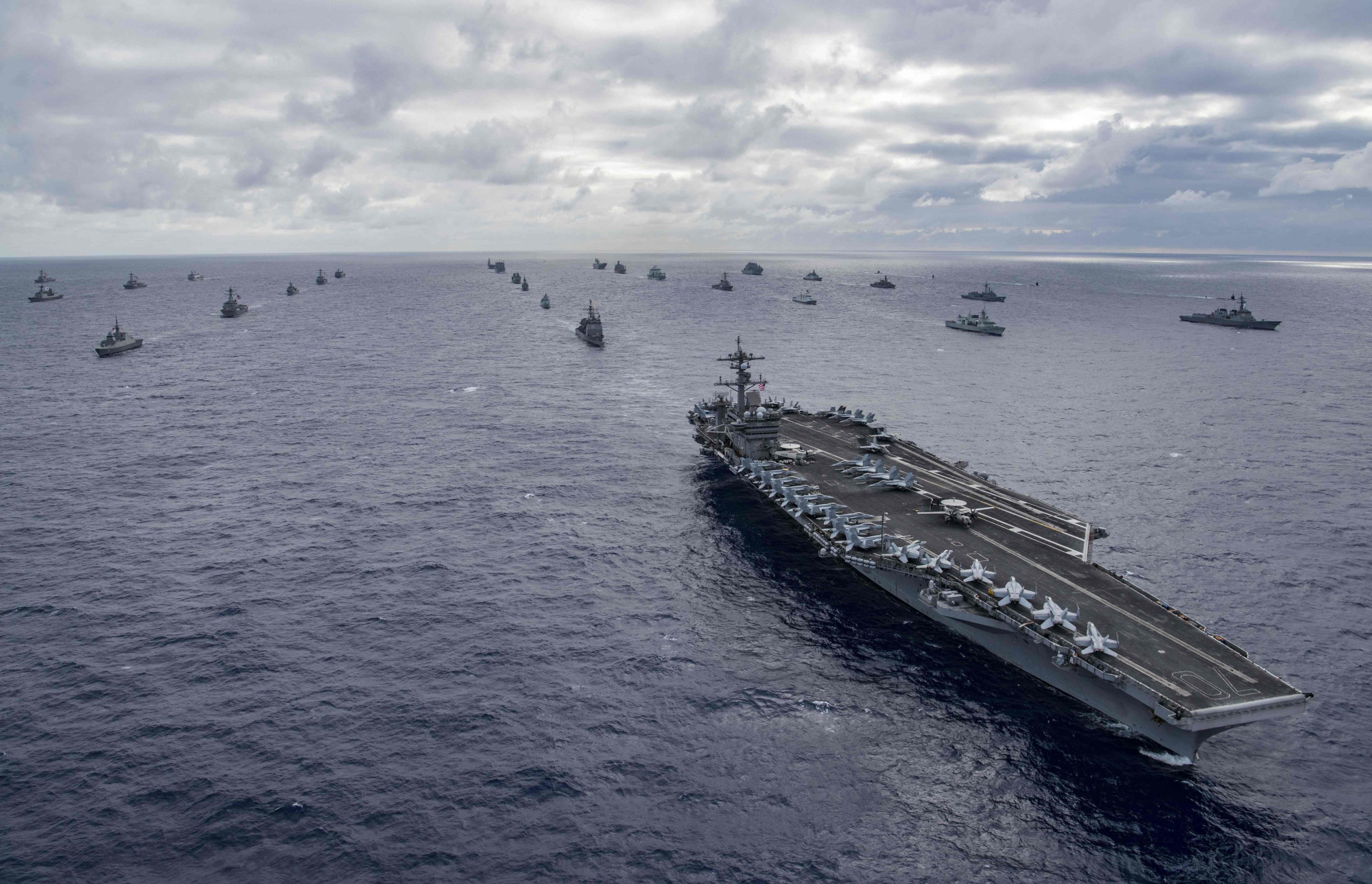The vast annual military operation known as the Rim of the Pacific Exercise (simply RIMPAC in Pentagon jargon) just concluded on the beaches of Southern California with a huge demonstration of an amphibious assault, which involves sending troops ashore from warships at sea — a highly complex maneuver whether D-Day or present day.
The exercise is held every two years all over the Pacific Basin, and is the largest international maritime exercise in the world. It is globally regarded by naval officers as the Olympic Games of naval power. Run by the U.S. Pacific Fleet, which is headquartered in Pearl Harbor, it normally includes warships and troops from every branch of the U.S. armed forces, and those of than 20 foreign nations.
As a junior officer, I participated in several of these huge war games, and found them profoundly important for national security. They have been held since the early 1970s, and include nations not only from the Western Pacific rim — Japan, South Korea, Australia, New Zealand, Brunei, Vietnam, Thailand, Singapore and so on — but also from the Pacific coast of South America, including Mexico, Peru, Chile and Colombia.



















With your current subscription plan you can comment on stories. However, before writing your first comment, please create a display name in the Profile section of your subscriber account page.